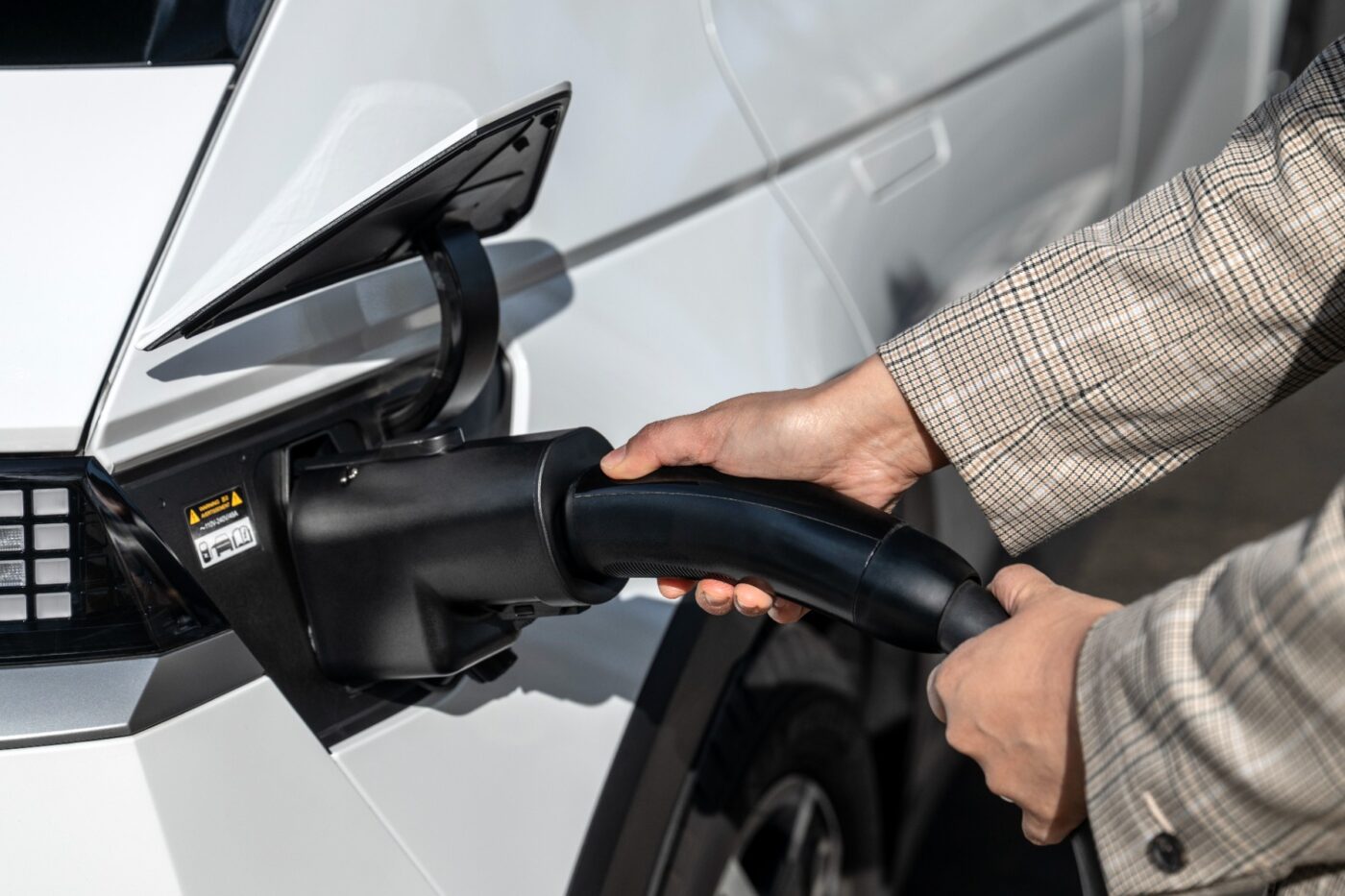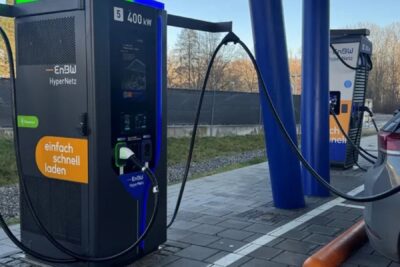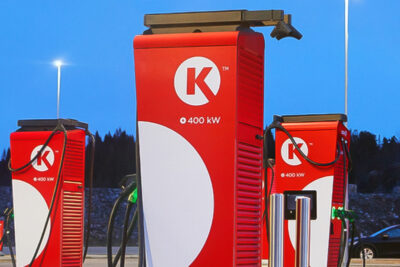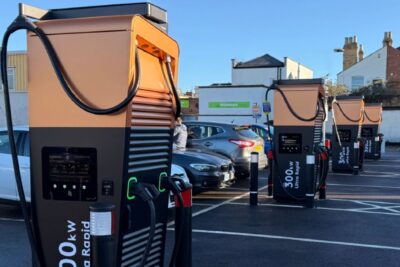EV fast charging hubs are ‘pollutant hotspots’, study claims
The research paper, titled ‘Fine particulate matter emissions from electric vehicle fast charging stations’, was based on assessments of integrated filter samples from 50 DC fast charging stations in 47 cities in Los Angeles County, California. It reportedly found daily PM2.5 concentrations between 7.3 and 39.0 micrograms per cubic meter, which, put simply, is ‘significantly higher’ than that of ‘urban background sites’ and each station’s nearest Environmental Protection Agency monitoring station. For reference, PM 2.5 is the term used to describe microscopic air particles which could pose a threat to human health. By way of comparison, urban sites without fast-charging stations were found to have PM 2.5 concentrations of only 3.6 to 12.4 micrograms per cubic meter, which may dispel the idea that fast chargers exhibit higher air pollution simply due to their proximity to busy roads or built-up areas.
Interestingly, the research team believes that this reduced air quality is not because the fast chargers themselves are directly producing these particulates. Instead, they say it may have something to do with a hardware issue found in many fast chargers. Yuan Yao, a UCLA scholar and first author of the study, said it may be to do with the cooling fans in the power supply units essentially recirculating dust and particles that would otherwise settle.
Yao said: “Our findings suggest that these tiny particles likely come from particle resuspension around the DCFC’s power cabinets. These cabinets convert electricity from the grid into the direct current needed to charge EV batteries. The cabinets also contain cooling systems to prevent the electronics from overheating, and these cooling fans can stir up dust and particles from internal surfaces.” The source of these particles could range from
Yao added that this air pollution is localised over a relatively small area around the power cabinets, stating: “We measured at different distances from the chargers. The high measurements [15-200] were taken at the chargers’ power cabinets. Fortunately, a few meters away, the concentrations drop quite a bit. A few hundred meters away, there’s no noticeable difference compared to background levels of pollution.” Despite this, he believes that it could have a negative effect on drivers using DC fast chargers, as it exposes them to potentially dangerous pollution.
The research team concluded by saying the issue could be solved thanks to some tweaks to the power cabinets’ cooling systems. In the research paper, they said: “While some DCFC stations have filters in the air inlet to prevent PM from entering the unit, manufacturers could also add filters to prevent resuspended particles from re-entering the atmosphere.” They also recommended that DC fast chargers be strategically placed at a distance away from densely populated areas, schools, nursing homes and other public buildings.





3 Comments